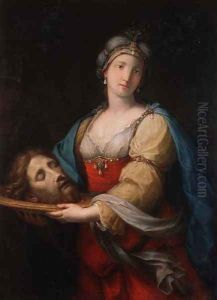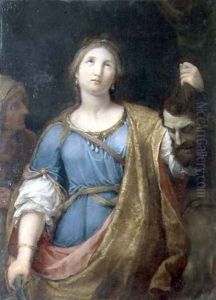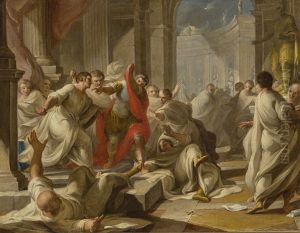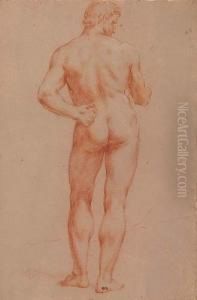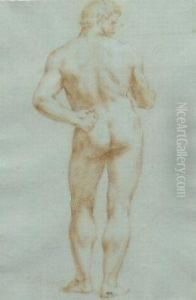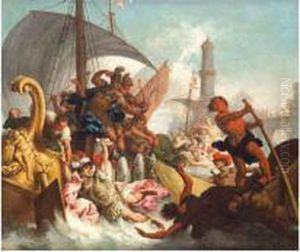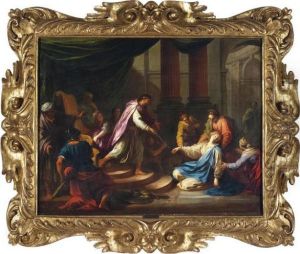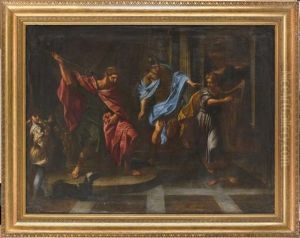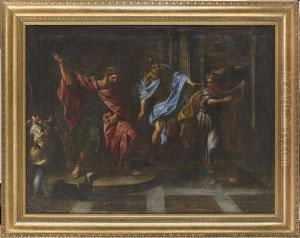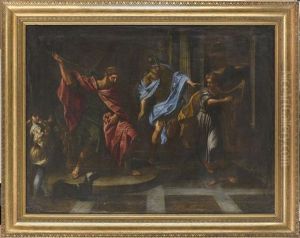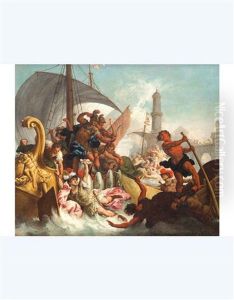Giacomo Zoboli Paintings
Giacomo Zoboli was an Italian painter who was active during the late Baroque period. Born in 1679 in Reggio Emilia, Italy, he was part of a family of artists, and his initial training was under the guidance of his father, Sigismondo Zoboli, who was also a painter. Giacomo Zoboli later moved to Bologna, which was a significant center for the arts and home to the Accademia Clementina, where he could further his studies and refine his craft.
Zoboli's work is characterized by its vibrant color palette and dynamic compositions, following the traditions of the Baroque style. He was particularly influenced by the works of prominent Bolognese painters such as Marcantonio Franceschini and Donato Creti, whose styles are noted for their elegance and decorative qualities. Zoboli's paintings often contained religious and mythological themes, consistent with the tastes of the period and the demands of his patrons, which included churches and private collectors.
Throughout his career, Zoboli received various commissions for altarpieces and frescoes in churches and palaces, both in his hometown and in other cities in Italy. His works can be found in several churches in Reggio Emilia, including the Basilica della Ghiara and the church of San Filippo. Zoboli's ability to blend grandeur with a sense of intimacy in his religious scenes made him a respected artist in his time.
Zoboli's style evolved over the years, moving from the robust drama of the high Baroque to a lighter, more graceful approach that anticipated the Rococo movement. This transition is evident in his later works, which display a softer touch and a more playful use of light. Despite this stylistic evolution, Zoboli maintained a commitment to the expressive potential of color, which remained a hallmark of his paintings throughout his life.
Giacomo Zoboli died in 1767, leaving behind a legacy of work that captured the transition between Baroque and Rococo in Italian painting. His contributions to the art of his time were significant, and his paintings continue to be appreciated for their technical skill and historical value. Zoboli's works are housed in various museums, galleries, and churches, where they stand as testaments to the richness of the Italian Baroque tradition and its enduring influence on the course of art history.
